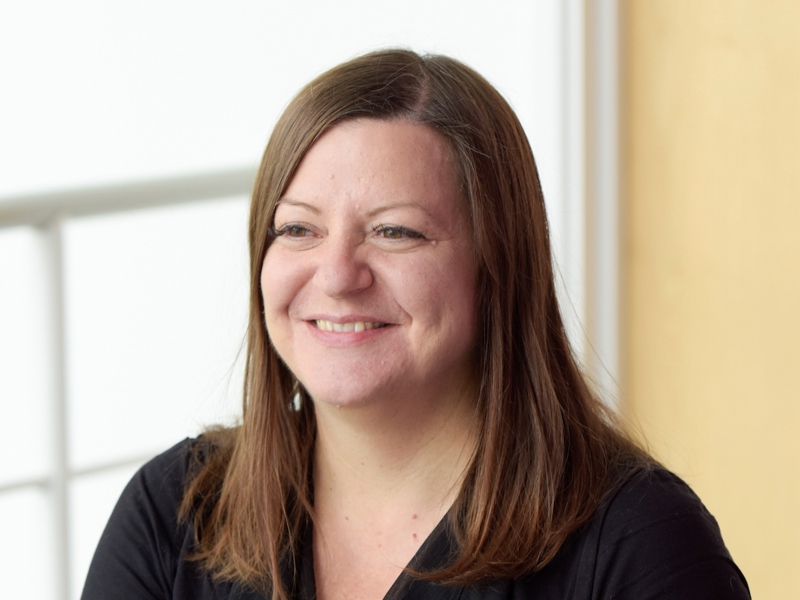Environmental Land Management scheme: Light at the end of the tunnel?
Ever since the launch of the Health and Harmony consultation early in 2018, the question of the design and financial impact of the proposed Environmental Land Management scheme (ELMS) has been a matter of concern and conjecture for farmers and land managers. ELMS is to replace the existing Basic Payment Scheme (BPS).
On 10 March 2021, DEFRA finally released details of the design and payment rates for the pilot schemes that precede the implementation of the first stage of ELMS, the ‘Sustainable Farming Incentive’ (SFI), which is designed to be achievable by most farms.
From 2022, farmers in receipt of the Basic Payment Scheme will be able to enter the Sustainable Farming Incentive. The SFI scheme will initially have eight ‘standards,’ each of which will have three levels of commitment with correspondingly different payment levels. There will be separate standards for soil (arable and grass), arable/horticultural land, two types of grassland, hedges, waterbodies, and woodland. It’s anticipated that further standards, particularly for livestock, will be introduced in due course.
It will be possible to make multiple claims where land comes within more than one standard, for example, where a field complies with land, soil and hedgerow standards. Although the report is thin on details, it seems that many of the features that went towards greening requirements under BPS, such as buffer strips and wildlife areas, may help achieve the higher standard levels.
The paper also gives details of the pilot schemes which will start later this year. Farmers who are claiming the Basic Payment Scheme and who have land outside existing agri-environment schemes can volunteer to take part in these. They will receive a participation fee as well as payments for each of the various standards that they choose to adopt. Arable land, for example, could receive up to £74/ha plus a further £59/ha if the top-level soil standard is also met. When factoring in additional amounts for hedges and buffer strips, the payments could come to well over £160/ha.
It should be stressed that there is no suggestion in the paper that the pilot scheme rates will be the same as the ‘live’ rates to apply in 2022, which are still under consideration, but it does at least give some approximate figures for preliminary budgeting.
The paper also confirms that Sustainable Farming Incentive payments will not be available on land already in agri-environment schemes, but it’s silent on the overlap with Basic Payment Scheme payments so it would appear that this diminishing source of income can still be claimed while SFI schemes are being introduced.
The explanatory document (which should be compulsory reading both for those wishing to join the pilot schemes and others who would like to understand the new schemes and draft preliminary budgets or operational plans for the future) is available here.
Those wishing to volunteer for the pilot schemes can express interest from the end of March and contracts will be awarded in October 2021.
Need help?
If you’d like any further information, please speak with a member of our agriculture team. You can find contact details on the Our People section of the Larking Gowen website. Alternatively, call 0330 024 0888 or email enquiry@larking-gowen.co.uk.
Steve Rudd
Newsletter
Sign up to receive the latest news from Larking Gowen


About the author
Larking Gowen